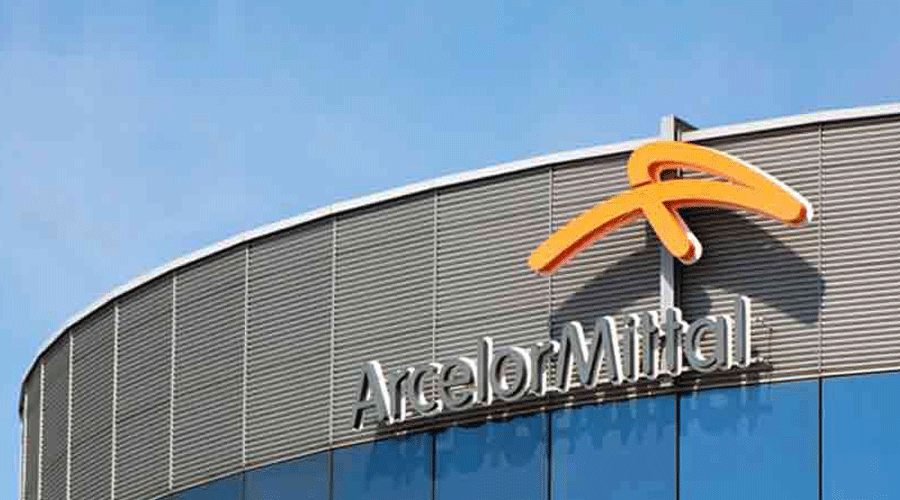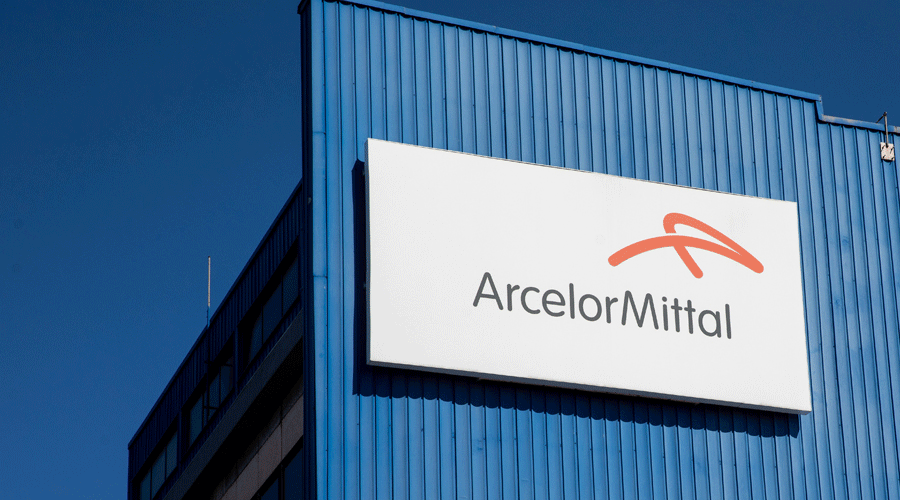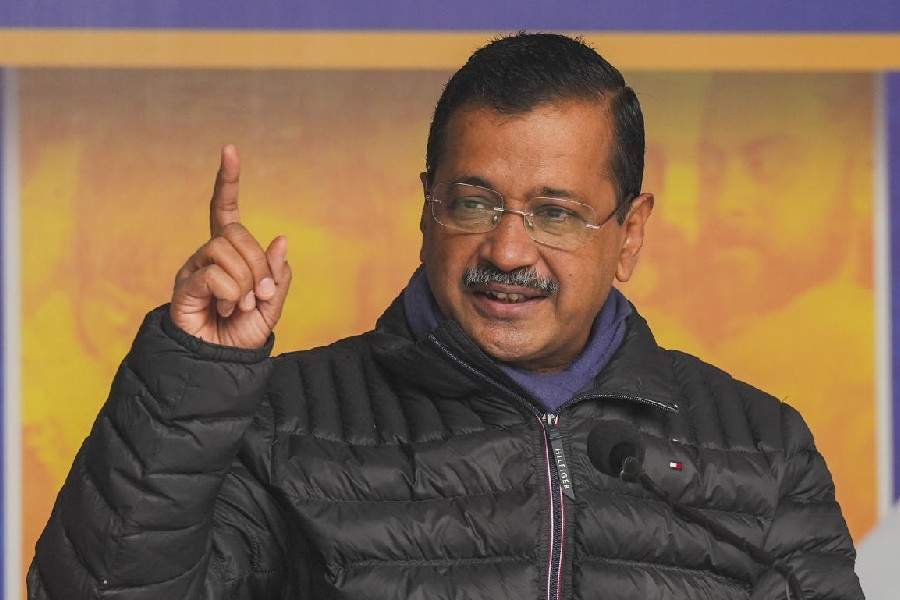A partnership between ArcelorMittal SA (AMSA) and South Africa's homegrown petrochemicals giant Sasol to develop a green hydrogen hub in Saldanha Bay is expected to give a huge boost to the hydrogen economy in the country.
Saldanha Bay, located on the West Coast of South Africa, is the largest natural port on the African continent.
The town suffered a serious economic blow when AMSA shut down its steel manufacturing plant there in 2020 at the height of the Covid-19 pandemic.
Global steel magnate Laxmi Mittal's acquired AMSA after he first helped the ailing state-owned steel manufacturer Iscor turn its fortunes around in 2004.
Now AMSA plans to become the first African green flat steel producer using green hydrogen at its plant in Saldanha Bay, while cutting back on its carbon footprint at its flagship steelworks in Vanderbijlpark.
Sasol, which was established in the apartheid era to produce fuel from coal as the white minority government faced global sanctions, has evolved into a global player in the petrochemicals industry.
The two companies will jointly undertake studies to explore the potential of the region as an export hub for green hydrogen and derivatives as well as green steel production.
Also under investigation will be the possibility of using renewable electricity and green hydrogen to convert captured carbon from AMSA's Vanderbijlpark steel plant into sustainable fuels and chemicals.
AMSA CEO Kobus Verster expressed optimism about the venture being the start of the company's decarbonisation journey.
"By maximising the utilisation of our installed assets, we will also be stimulating economic growth in our host communities," Verster said at the signing of the joint development agreement on the periphery of the Africa Energy conference in Cape Town this week.
Priscillah Mabelane, executive vice president for Sasol's Energy Business, said the projects "hold promise to unlock South Africa's potential to be a global green hydrogen and derivatives player."
The project was welcomed by the government as well.
"This is an exciting, bold new venture which the Western Cape Provincial Government believes will form an important component in our push for green energy," said Western Cape Premier Alan Winde.
"The fact that the agreement includes a project in Saldanha Bay, which is well-placed for GH2 development, has massive potential for numerous reasons, namely helping to dig the country out of this energy catastrophe and creating more jobs in critical fields which needs to be fully harnessed," Winde added.
Winde was referring to the crisis which has seen the entire country being affected by daily bouts of load shedding for up to three sessions per day as state-owned electricity supplier Eskom fails to meet its obligations amid failing power stations and huge debt.
Kaashifah Beukes, Freeport Saldanha CEO, said Saldanha Bay has a strong strategic fit with Sasol's ambition to be a leading driver and contributor to the development of South Africa's green hydrogen economy.
"In addition, Freeport Saldanha is a strategic partner for SASOL and AMSA, adding value to their exploration of new markets by bringing together several stakeholders to drive catalytic investments in sustainable industrialisation and product streams," Beukes said.












